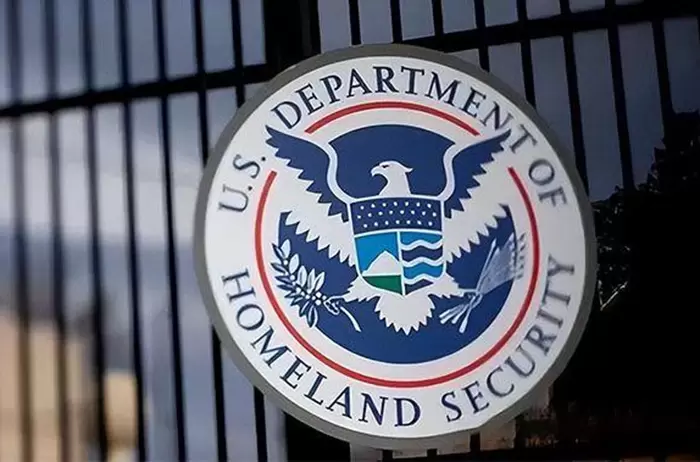In an increasingly interconnected world, the need for efficient and economical transportation has never been more critical. Whether for personal travel, business logistics, or the movement of goods, understanding the cheapest transport methods can lead to significant savings and enhanced operational efficiency. This article delves into various transport modalities, analyzing their cost-effectiveness, advantages, and potential drawbacks, while providing practical insights for individuals and businesses alike.
Understanding Transportation Costs
Before we explore specific transport methods, it’s essential to grasp the factors influencing transportation costs. These include:
- Distance: The longer the distance, the higher the potential costs, particularly for fuel and time.
- Type of Goods: Different goods require different handling, which can affect transport costs. Perishable items, for instance, may necessitate refrigerated transport.
- Volume and Weight: Heavier and bulkier items typically incur higher costs due to increased fuel consumption and space requirements.
- Mode of Transport: Each transport mode has its own cost structure, influenced by operational efficiencies, infrastructure, and regulatory factors.
Analyzing the Cheapest Transport Methods
- Walking and Bicycling:
- Cost: Free (for walking) or minimal (for biking).
- Advantages: No fuel costs, health benefits, and zero environmental impact.
- Drawbacks: Limited to short distances and not feasible for transporting goods.
- Public Transportation:
- Cost: Generally low, with options like buses, subways, and trams.
- Advantages: Economical for daily commuting, reduced carbon footprint, and no parking hassles.
- Drawbacks: Limited schedules and routes, potential overcrowding, and lack of flexibility.
- Carpooling and Ridesharing:
- Cost: Shared costs can significantly reduce individual expenses.
- Advantages: Flexibility in scheduling, reduced travel costs, and social interaction.
- Drawbacks: Dependence on others’ schedules and potential for delays.
- Freight Shipping:
- Cost: Varies widely based on distance, weight, and mode (truck, rail, sea).
- Advantages: Economies of scale for bulk shipping, especially by rail and sea.
- Drawbacks: Longer transit times for sea freight and potential delays in rail transport.
- Long-Distance Buses:
- Cost: Often the cheapest option for intercity travel.
- Advantages: Affordable fares, extensive networks, and comfortable amenities on some services.
- Drawbacks: Longer travel times compared to trains or flights, and potential for delays.
- Rail Transport:
- Cost: Competitive for long distances, especially for freight.
- Advantages: High capacity, energy efficiency, and lower emissions compared to road transport.
- Drawbacks: Limited routes and schedules in some regions, and potential for delays.
- Shipping Containers:
- Cost: Economical for international freight, especially in bulk.
- Advantages: Standardized sizes reduce handling costs, and intermodal capabilities enhance flexibility.
- Drawbacks: Longer transit times and potential customs delays.
Practical Tips for Cost-Effective Transport
- Plan Ahead: Early booking can lead to significant savings, especially for flights and long-distance buses.
- Compare Options: Utilize online platforms to compare prices across different transport modes.
- Leverage Technology: Apps for ridesharing and public transport can help optimize routes and reduce costs.
- Consider Off-Peak Travel: Traveling during off-peak times can lead to lower fares and less crowded conditions.
- Utilize Discounts and Passes: Many public transport systems offer discounts for students, seniors, or bulk purchases.
Conclusion
Identifying the cheapest transport method is not a one-size-fits-all solution; it requires a nuanced understanding of individual needs, distances, and the nature of goods being transported. By considering the various options available and applying strategic planning, individuals and businesses can navigate the complexities of transportation costs effectively. Ultimately, the goal is to achieve a balance between cost, efficiency, and sustainability, paving the way for smarter travel and logistics solutions in our ever-evolving world.



More Stories
How Global Trade Moves Faster Through Structured Border Compliance?
Seeing More Behind the Wheel Why Truck Backup Camera System Matters
Electric Rescue ATV Vehicle Redefining Rapid Response in Complex Terrain